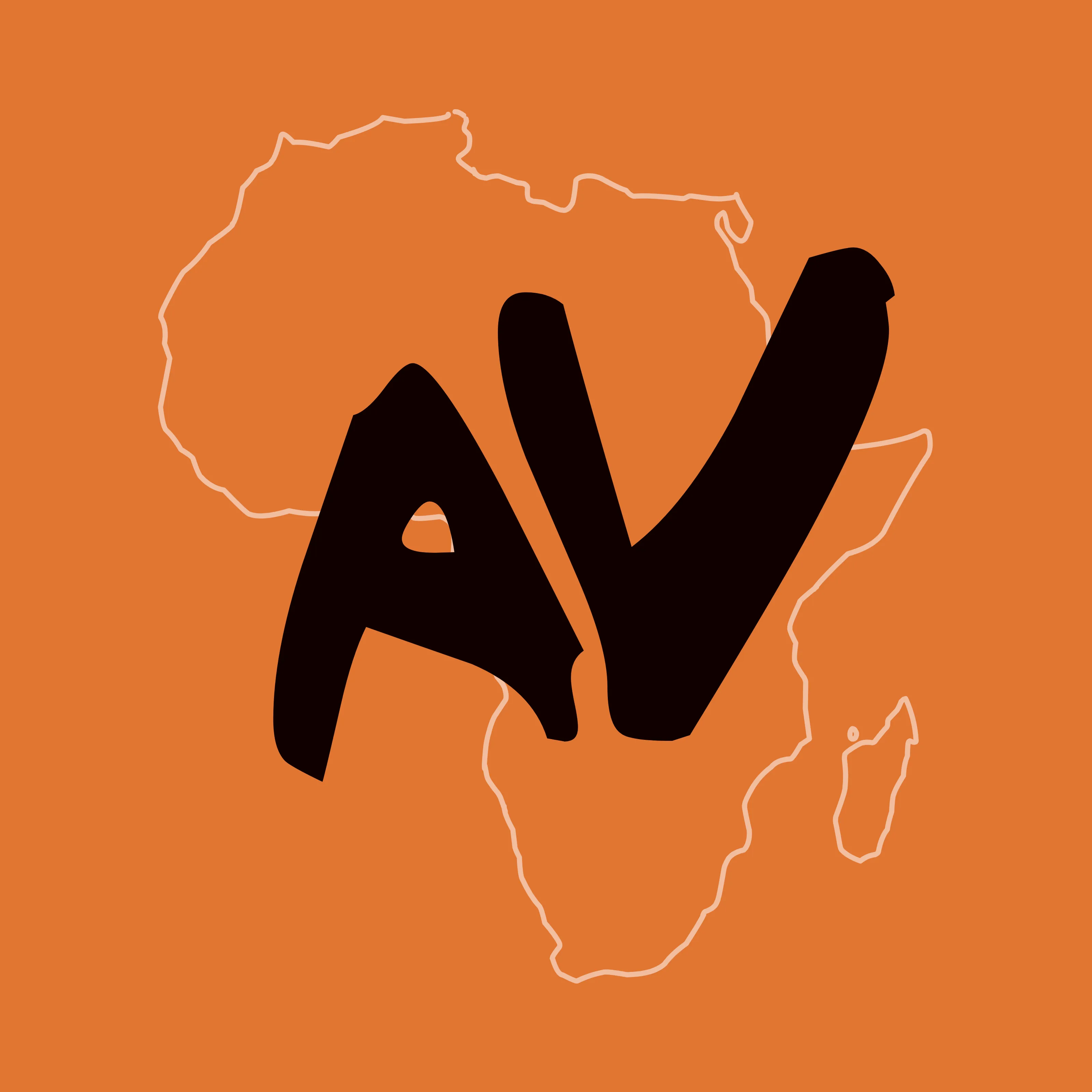Unveiling the Beauty and Energy of African Zaouli Mask Dance #africa
Zaouli is a traditional dance of the Guro people in Côte d'Ivoire (Ivory Coast) in West Africa. It is rich in history, culture, and symbolism. Here are some important facts about the Zaouli dance: Origins and History: Zaouli was created in the mid-20th century by the Guro ethnic group, an ethnic group in central Ivory Coast. The dance is a homage to 'Djela Lou Zaouli', a legendary Guro woman known for her beauty and virtuosity. A Dance for the Masquerade: Zaouli is a mask dance. The dancer wears a carved wooden mask that is traditionally made to depict the beauty of a specific Guro girl. The mask is often painted and has prominent features and intricate designs. Instruments and Music: The music that accompanies Zaouli consists of a rhythm dictated by drums, and often a balafon (a type of wooden xylophone), and flutes. The rhythm is fast-paced, and the dancer moves in tandem with the beat. The Dance of Joy and Celebration: Zaouli is performed during various occasions such as funerals, celebrations, and other social gatherings. It's considered a dance of joy and unity, and is believed to bring prosperity and goodwill to the village. Movements and Energy: The dance is noted for its quick foot movements combined with slower, elegant movements of the upper body, reflecting the grace of the woman it celebrates. The high energy levels and the quick rhythm make Zaouli a captivating performance to watch. Representation of Nature: It is believed that the dance movements and rhythms also represent the movements and rhythms of nature, specifically those of a particular bird. This reflects the Guro people's close connection and respect for nature. Gender and Performance: Traditionally, the Zaouli dancer is a man, even though the dance is a tribute to feminine beauty and grace. The dance is performed solo, with the dancer taking center stage, surrounded by onlookers. Symbol of Cultural Identity: Zaouli serves as a symbol of the cultural identity of the Guro people and is considered an integral part of their cultural heritage. International Recognition: The dance has gained international attention for its beauty, intricacy, and energy. It is often showcased in African dance festivals, cultural exchange programs, and other international events, contributing to the global recognition of African performing arts.

